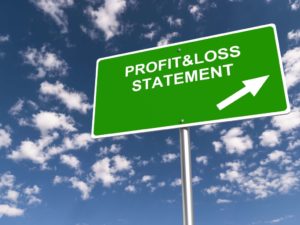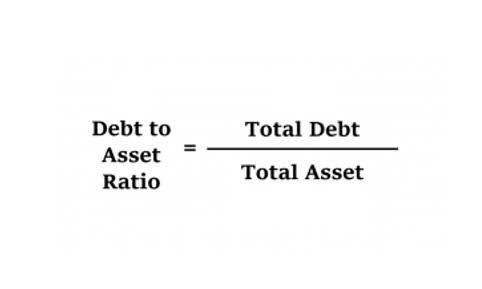
These accounts represent debts or obligations that a company owes to another party. Customers are a significant source of liability accounts for many businesses. This represents the money that a company owes to its suppliers for goods or services that have been purchased but not yet paid for. Proper management of accounts payable is critical to ensure that a company has enough cash on hand to meet its obligations. It includes not only the regular salary or wage but also any bonuses, commissions, or other compensation owed to the employee.
ACCOUNTING for Everyone
- It is crucial to maintain good relationships with suppliers and keep track of accounts payable to ensure that a company has enough cash flow to pay its suppliers on time.
- The company must recognize a liability because it owes the customer for the goods or services the customer paid for.
- This represents the money that a company owes to its suppliers for goods or services that have been purchased but not yet paid for.
- Payroll taxes payable are amounts withheld from employee paychecks for taxes owed to the government.
- They are used in financial modeling to forecast a company’s ability to meet its obligations and to assess its creditworthiness.
- They represent the obligations that a business owes to its creditors and other third parties.
This account is often used to estimate the company’s liability for these expenses, which can help with budgeting and forecasting. In summary, liability accounts are an important part of financial reporting. Understanding the different categories of liability accounts can help individuals and companies make informed decisions about their financial health. When a company borrows money, it how is sales tax calculated creates a liability on its balance sheet. The amount of the liability is equal to the amount of the loan or other debt.
Examples of Current Liabilities

Similarly, wages payable reflect salaries due to employees, and interest payable indicates interest owed on borrowed funds. Examples of liability accounts include accounts payable, notes payable, salaries payable, and taxes payable. These accounts represent the company’s obligations to pay for goods or services received, loans taken out, employee salaries, and taxes owed. Liability accounts are an essential component of a company’s financial statements. These accounts represent the company’s obligations to which of the following is liability account? pay debts or fulfill other commitments to external parties. Understanding liability accounts is crucial for any business owner or accountant to manage their finances effectively.

Audit and Liability Accounts

It is important for businesses to understand their liability accounts and how they affect their financial position. By accurately recording their liabilities, businesses can make informed decisions about their financial health and plan for the future. The balances in liability accounts are nearly always credit balances and will be reported on the balance sheet as either current liabilities or noncurrent (or long-term) liabilities. For example, if a company takes out a loan, the loan amount is recorded as a liability on the company’s balance sheet. As the company makes payments on the loan, the liability account decreases.
- Dividends payable is an important liability account that represents the company’s obligation to pay dividends to its shareholders.
- These liabilities include lawsuits, warranties, and warranty liabilities.
- Liability accounts are crucial in understanding a company’s financial health, mapping out obligations like accounts payable, long-term debts, and accrued expenses.
- Examples of liability accounts include accounts payable, notes payable, salaries payable, and taxes payable, and past transactions can also affect these accounts.
Non-current Liabilities
- However, liability accounts also represent an outflow of resources for a company.
- Overall, liability accounts are an important part of debt financing.
- This helps to ensure that the financial statements of a company provide a true and fair view of its financial position.
- This categorization helps in understanding a company’s immediate and future financial health, offering insight into how well a business manages its debt and financial obligations.
Accrued expenses are expenses that have been incurred but not yet paid. In business finance, a liability is an obligation that a company owes to other parties. This can range from money owed to suppliers, as in accounts payable, to long-term commitments like mortgage payable or bonds issued.
- Sales taxes payable are amounts collected from customers for taxes owed to the government.
- In accounting, a liability account is a type of account that records debts or obligations owed by a business to another entity.
- Current liabilities are crucial for liquidity analysis, while non-current liabilities are significant for understanding a company’s long-term financial stability.
- The amount of the liability is equal to the amount of the loan or other debt.
- These accounts represent the company’s obligations to pay debts or fulfill other commitments to external parties.
Dividends payable is an important liability account that represents the company’s obligation to pay dividends to its shareholders. The normal operating cycle is an important factor to consider when discussing liability accounts, as it determines the time frame in which these accounts are expected to be paid off. In summary, liability accounts are an integral part Coffee Shop Accounting of a company’s financial statements and cash flow analysis.